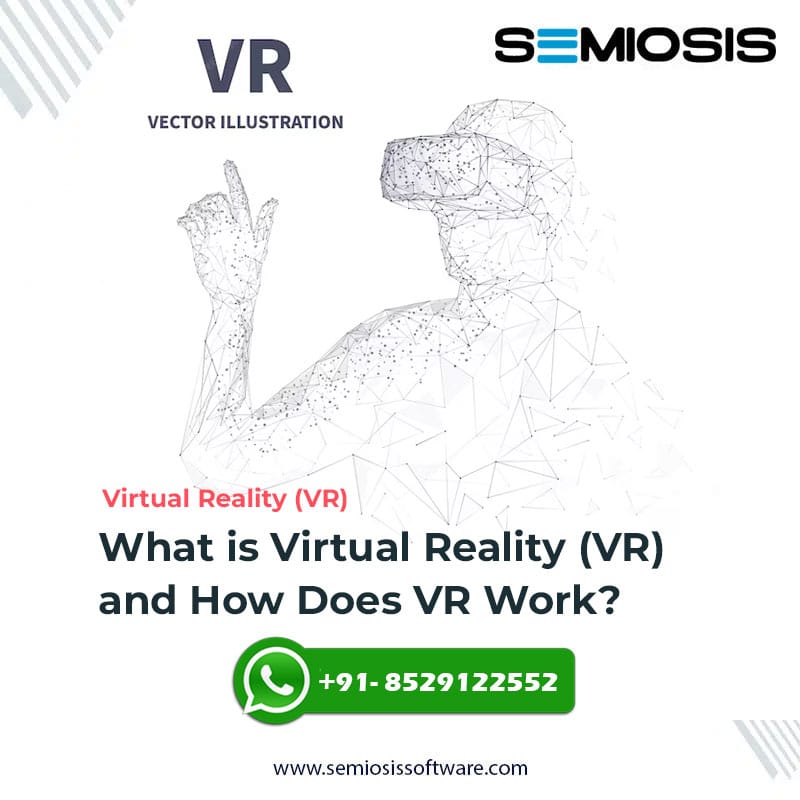 Exploring the Virtual Frontier: Understanding Virtual Reality (VR) and its Mechanics
Exploring the Virtual Frontier: Understanding Virtual Reality (VR) and its Mechanics
Introduction:
In recent years, the realm of technology has witnessed unprecedented advancements, and one of the most intriguing developments is Virtual Reality (VR). VR is not merely a futuristic concept but a transformative technology that has already started shaping various industries. In this blog, we’ll delve into the fascinating world of Virtual Reality, unraveling what it is and how it works.
Understanding Virtual Reality:
Virtual Reality refers to a computer-generated simulation of a three-dimensional environment that can be interacted with in a seemingly real or physical way. Unlike traditional computer interfaces, VR immerses users in a digital world, offering an unparalleled level of engagement and sensory experience.
Key Components of Virtual Reality:
-
Head-Mounted Display (HMD): At the core of VR is the Head-Mounted Display, a device worn on the head to provide visual and auditory stimuli. HMDs typically consist of a display screen, lenses, and sensors. The display presents the virtual environment, and the lenses ensure the user perceives it in 3D. Sensors track the user’s head movements, allowing the virtual world to respond in real-time.
-
Motion Tracking: Accurate motion tracking is crucial for creating a convincing VR experience. Sensors and cameras track the user’s movements, translating them into corresponding actions within the virtual environment. This includes head movements, hand gestures, and even full-body motion in more advanced setups.
- Input Devices: To interact with the virtual environment, users need input devices. These can range from simple handheld controllers to more sophisticated gloves or haptic feedback devices. The goal is to provide a tactile experience, enabling users to manipulate objects and navigate the digital space.
-
Graphics Processing Unit (GPU): The processing power required to render realistic graphics in real-time is immense. A powerful GPU is essential for creating and sustaining the immersive visuals that define VR. High frame rates and low latency are crucial to prevent motion sickness and enhance the sense of presence.
How VR Works:
-
Rendering the Virtual Environment: The virtual environment is created using computer-generated graphics. The VR system must render this environment in real-time to respond to the user’s movements. This involves complex algorithms and high-performance GPUs to ensure a seamless and immersive experience.
- Tracking and Feedback: As the user interacts with the virtual world, sensors track their movements and relay the data to the VR system. The system then updates the display in real-time, adjusting the user’s perspective based on their movements. Feedback mechanisms, such as haptic vibrations or auditory cues, enhance the sense of immersion.
-
Stereoscopic Vision: The use of two separate images for each eye creates a stereoscopic effect, mimicking the way humans perceive depth in the real world. This technique contributes to the sense of presence and realism in the virtual environment.
Applications of VR:
-
Gaming: VR has revolutionized the gaming industry, offering gamers a level of immersion previously unattainable. Players can now step into their favorite virtual worlds and interact with them in ways that go beyond traditional gaming experiences.
- Education: VR has found its way into classrooms, providing students with immersive and interactive learning experiences. From virtual field trips to hands-on science experiments, the educational applications of VR are diverse and promising.
- Healthcare: In healthcare, VR is used for medical training, patient therapy, and even surgical simulations. It allows practitioners to practice and refine their skills in a risk-free virtual environment.
-
Enterprise and Training: Businesses use VR for employee training, simulations, and virtual meetings. This not only enhances learning outcomes but also reduces the need for physical resources.
Conclusion:
Virtual Reality is no longer a concept relegated to science fiction; it is a tangible and transformative technology with the potential to reshape various aspects of our lives. As VR technology continues to evolve, we can expect even more immersive and realistic experiences, unlocking new possibilities across diverse industries. The journey into the virtual frontier has just begun, and the possibilities are as vast as the digital landscapes it creates. Explore, experience, and embrace the future of Virtual Reality.





